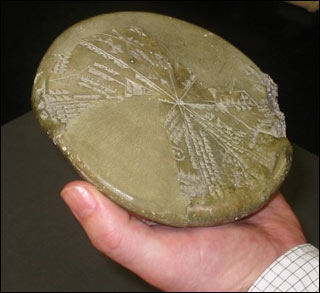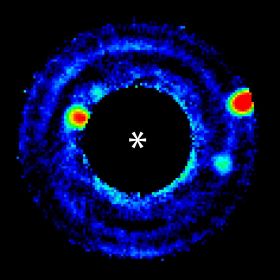
Stephen Hawking called for a massive investment in establishing colonies on the Moon and Mars in a lecture in honour of NASA’s 50th anniversary. He argued that the world should devote about 10 times as much as NASA’s current budget – or 0.25% of the world’s financial resources – to space.
The renowned University of Cambridge physicist has previously spoken in favour of colonising space as an insurance policy against the possibility of humanity being wiped out by catastrophes like nuclear war and
climate change. He argues that humanity should eventually expand to other solar systems.
But in a speech in Washington, DC, US, delivered in honour of NASA’s 50th anniversary in 2008, Hawking
focused on near-term possibilities, backing the space agency’s goals of returning astronauts to the Moon by 2020 and sending humans to Mars soon after that.
The Moon is a good place to start because it is “close by and relatively easy to reach”, Hawking said. “The
Moon could be a base for travel to the rest of the solar system,” he added. Mars would be “the obvious next target”, with its abundant supplies of frozen water, and the tantalising possibility that life may have been present there in the past.
Some space experts have recently called for NASA to send astronauts to a near-Earth asteroid instead of the Moon as a next step.
Hawking did not mention the idea, but said that any long-term site for a human base should have a significant gravity field. That’s because long missions in microgravity lead to health issues such as bone loss.
Boldly go
He also called for an acceleration of NASA’s plans for human landings on Mars, which one NASA study suggested could be done in the early 2030s. “A goal of a base on the Moon by 2020 and of a manned landing on Mars by 2025 would reignite the space programme and give it a sense of purpose in the same way that President Kennedy’s Moon target did in the 1960s,” he said.
Hawking made a pitch for human space exploration, rather than just sending robots to explore space, a position taken by Nobel laureate Steven Weinberg, among others.
“Robotic missions are much cheaper and may provide more scientific information, but they don’t catch the public imagination in the same way, and they don’t spread the human race into space, which I’m arguing should be our long-term strategy,” Hawking said. “If the human race is to continue for another million years, we will have to boldly go where no one has gone before.”
Interstellar travel
Eventually, Hawking said, humanity should try to expand to Earth-like planets around other stars.
No such planets are known so far. But even if only 1% of the 1000 or so stars within 30 light years of Earth has an Earth-size planet at the right distance from its star for liquid water to exist, that would make for 10 such planets in our solar system’s neighbourhood, he said.
“We cannot envision visiting them with current technology, but we should make interstellar travel a long-term aim,” he said. “By long term, I mean over the next 200 to 500 years.”
Humanity can afford to battle earthly problems like climate change and still have plenty of resources left over for colonising space, he said.
Intelligent life
“Even if we were to increase the international [space exploration] budget 20 times to make a serious effort to go into space, it would only be a small fraction of world GDP,” he said. GDP, or Gross Domestic Product, is a measure of a country’s economic activity.
Hawking argued that the world can afford 0.25% of its collective GDP to devote to space colonisation. “Isn’t our future worth a quarter of a percent?” he asked.
The physicist also speculated on the reasons that SETI (Search for Extra-Terrestrial Intelligence) projects have not yet detected any alien civilisations.
He offered three possibilities: that life of any kind is very rare in the universe; that simple life forms are common, but intelligent life rare; or that intelligent life tends to quickly destroy itself.
“Personally, I favour the second possibility – that primitive life is relatively common, but that intelligent life is very rare,” he said. “Some would say it has yet to occur on Earth.”
April 22, 2008
Categories: Astronomy . . Author: thestarstrider . Comments: Leave a comment










